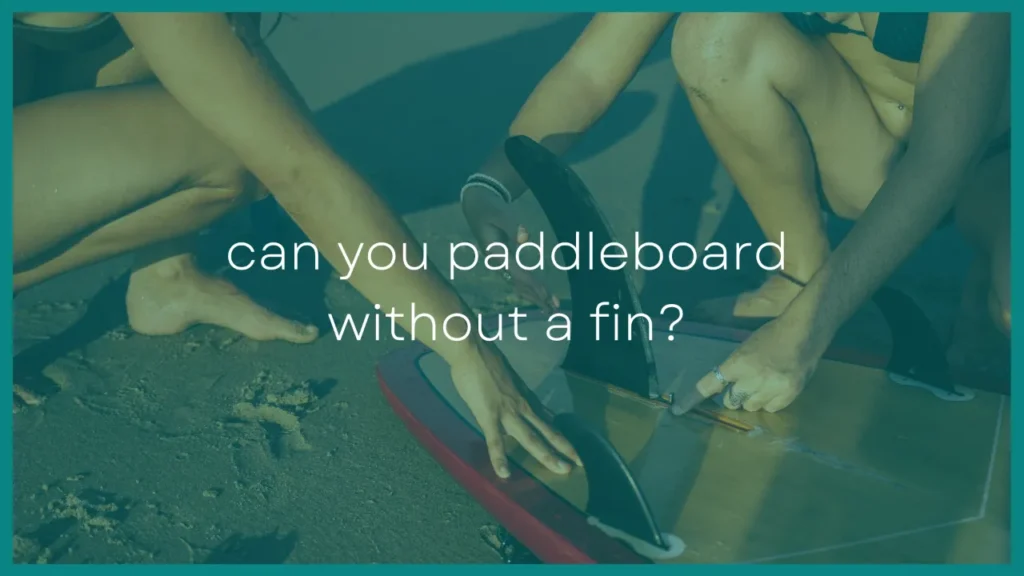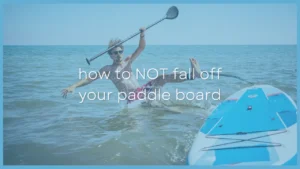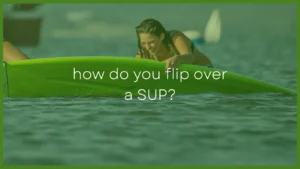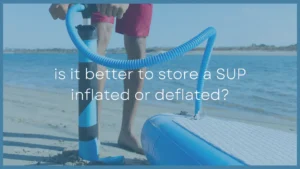If you've ever tried paddleboarding chances are at one time or another you've snagged the fin in the shallows on some sand, a rock or maybe you got stuck in some reeds.
Whether you've somehow managed to lose your fin or you're trying to paddleboard in shallow waters you might be wondering whether or not you can paddle board without a fin.
After all, fins seem like an essential part of a paddle board. But are they, really?
Paddleboarding without a fin is extremely difficult and you'll end up going in circles. The fin keeps the paddleboard stable and allows you to paddle in a straight line. Without a fin you'll mostly go in circles and it's nearly impossible to make any progress on flowing water.
Catching waves on a paddleboard without a fin is also extremely difficult. You'll have little to no control over turning the board and it'll only go forwards and likely slide out from under your feet if you try to turn.
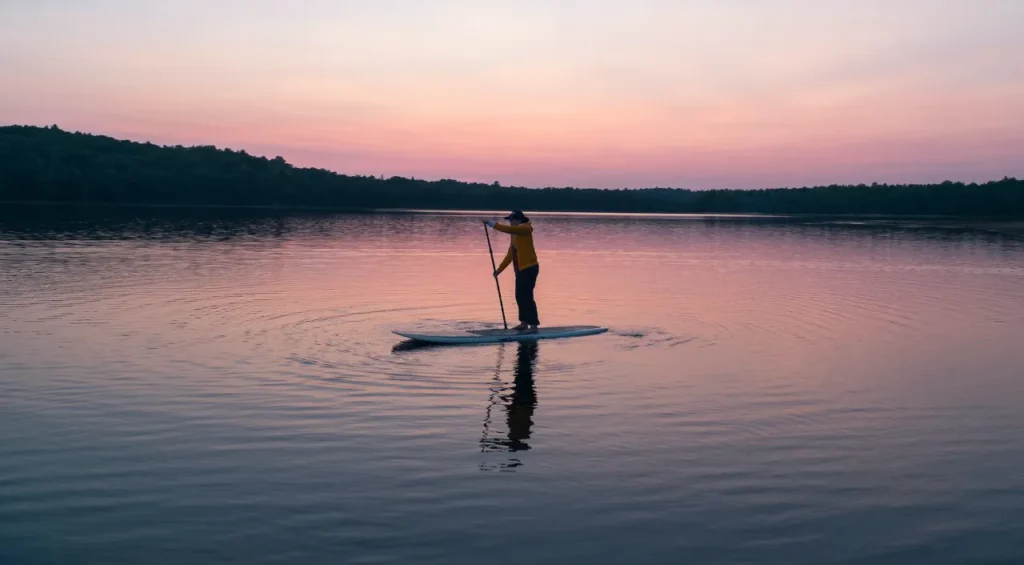
Paddling with a surfboard is a bit different because when lying on the board you sink into the water providing stability like a fin. You also use 2 arms (one on either side) to paddle giving you better control over spin.
With a paddleboard you have central weight distribution so you really need the fin in order to have any control.
If you try to paddle board without a fin you'll likely just spin and turn in place.
With practice and calmer waters, it is TECHNICALLY possible to paddle board without a fin, though it's hardly worth it and the lack of control you have over your board orientation is a huge issue.
Let's go over why paddle boarding without a fin generally isn't a good idea.
What Does a Fin Do and Why Do I Need One?
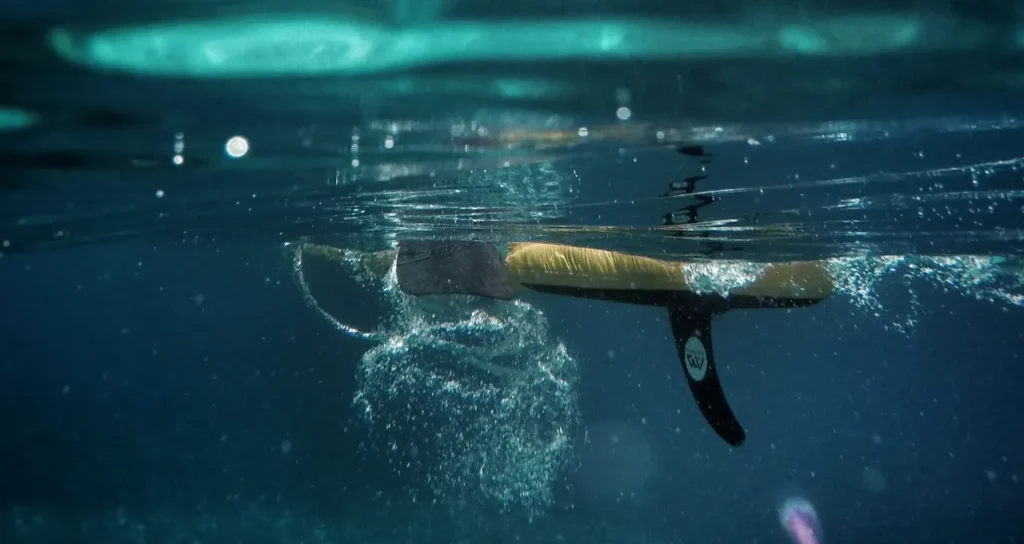
I strongly recommend to all paddleboarders to always use fins on their paddle boards. Why?
Well, paddle boarding without fins is like salsa dancing on ice — lots of spinning and wobbling without any direction.
The fin is responsible for keeping your paddle board straight by keeping the tail in a line as you paddle on only one side at a time. Kind of like how the small rudder can focus the direction of a large ship.
The two supporting fins (if your board has a 3 fin design) do pretty much the same thing.
The Old Man and The SUP demonstrates this beautifully in this YouTube video:
To keep your tracking straight on a finless paddle board, you must utilize advanced techniques like the J and Indian stroke. But even then it's going to be difficult to make forward progress.
These are the kinds of techniques you want to learn with fins first and only then practice on a finless board, if you absolutely have to paddleboard without fins.
Pros and Cons of Paddle Boarding Without a Fin
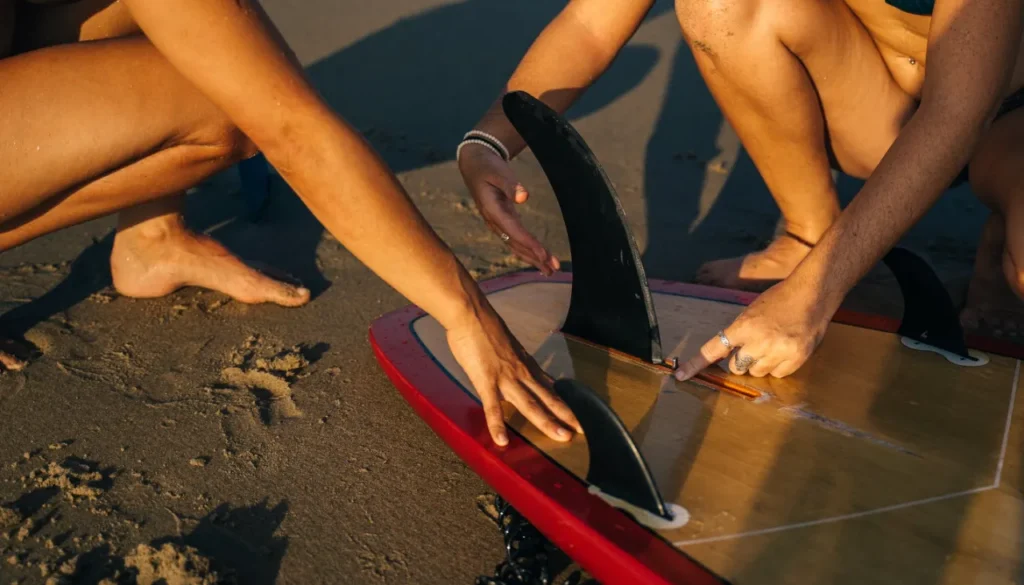
If paddleboarding with a fin is clearly superior, what's the point of paddleboarding without one?
Well there aren't actually that many pros other than
Well, I can think of a few:
Pros
- More clearance. Going finless prepares your paddleboard for shallow waters where bumping into rocks is all too common. You know the pain if you've broken a paddle board because the fin got stuck or hit.
- Lost a fin. If you've turned up to the beach or the bay and realized you left you fin at home it would be nice if you could still paddleboard without it.
Cons
- Poor stability. Without a fin, your paddle board will be shaky and wobble more than my aunt balancing on a tightrope after 3 glasses of wine.
- Hard to track. A finless board will veer off course with every stroke.
- Requires more effort. You'll have to waste precious energy to keep your paddle board straight.

